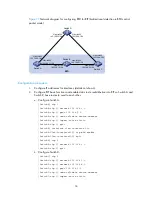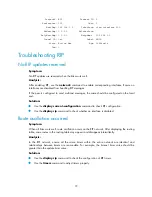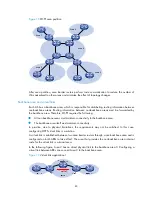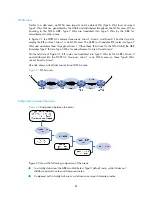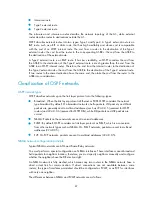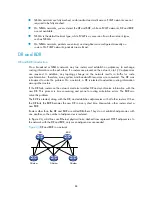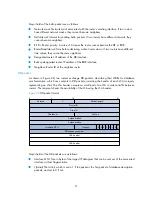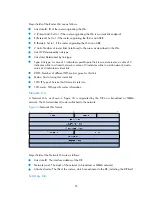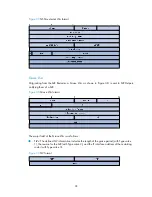
83
Figure 18
OSPF area partition
Area 0
Area 1
Area 2
Area 3
Area 4
After area partition, area border routers perform route summarization to reduce the number of
LSAs advertised to other areas and minimize the effect of topology changes.
Backbone area and virtual links
Each AS has a backbone area, which is responsible for distributing routing information between
non-backbone areas. Routing information between non-backbone areas must be forwarded by
the backbone area. Therefore, OSPF requires the following:
•
All non-backbone areas must maintain connectivity to the backbone area.
•
The backbone area itself must maintain connectivity.
In practice, due to physical limitations, the requirements may not be satisfied. In this case,
configuring OSPF virtual links is a solution.
A virtual link is established between two area border routers through a non-backbone area and is
configured on both ABRs to take effect. The area that provides the non-backbone area internal
route for the virtual link is a transit area.
In the following figure, Area 2 has no direct physical link to the backbone area 0. Configuring a
virtual link between ABRs can connect Area 2 to the backbone area.
Figure 19
Virtual link application 1
Summary of Contents for S9500E Series
Page 435: ...435 ...








